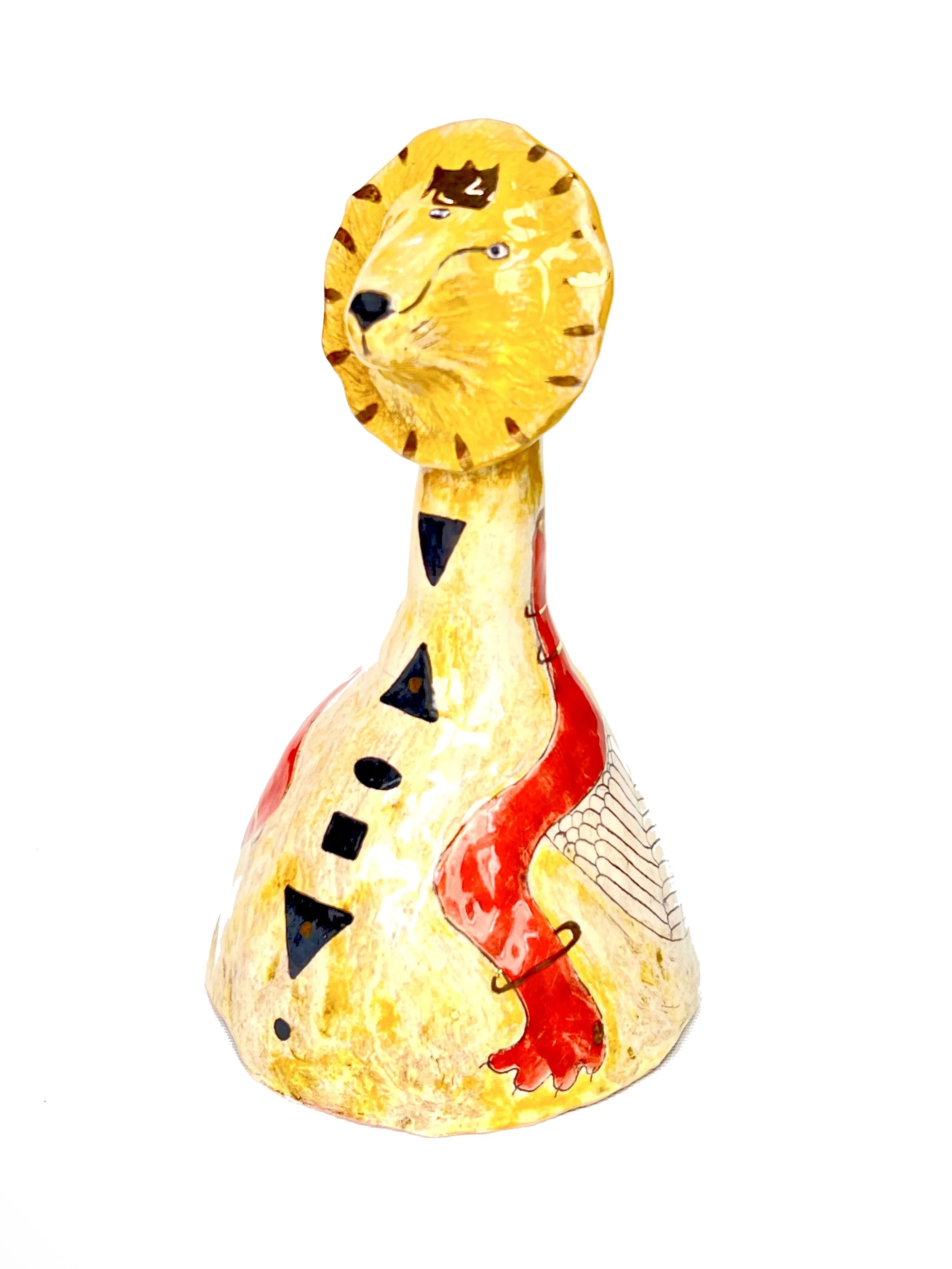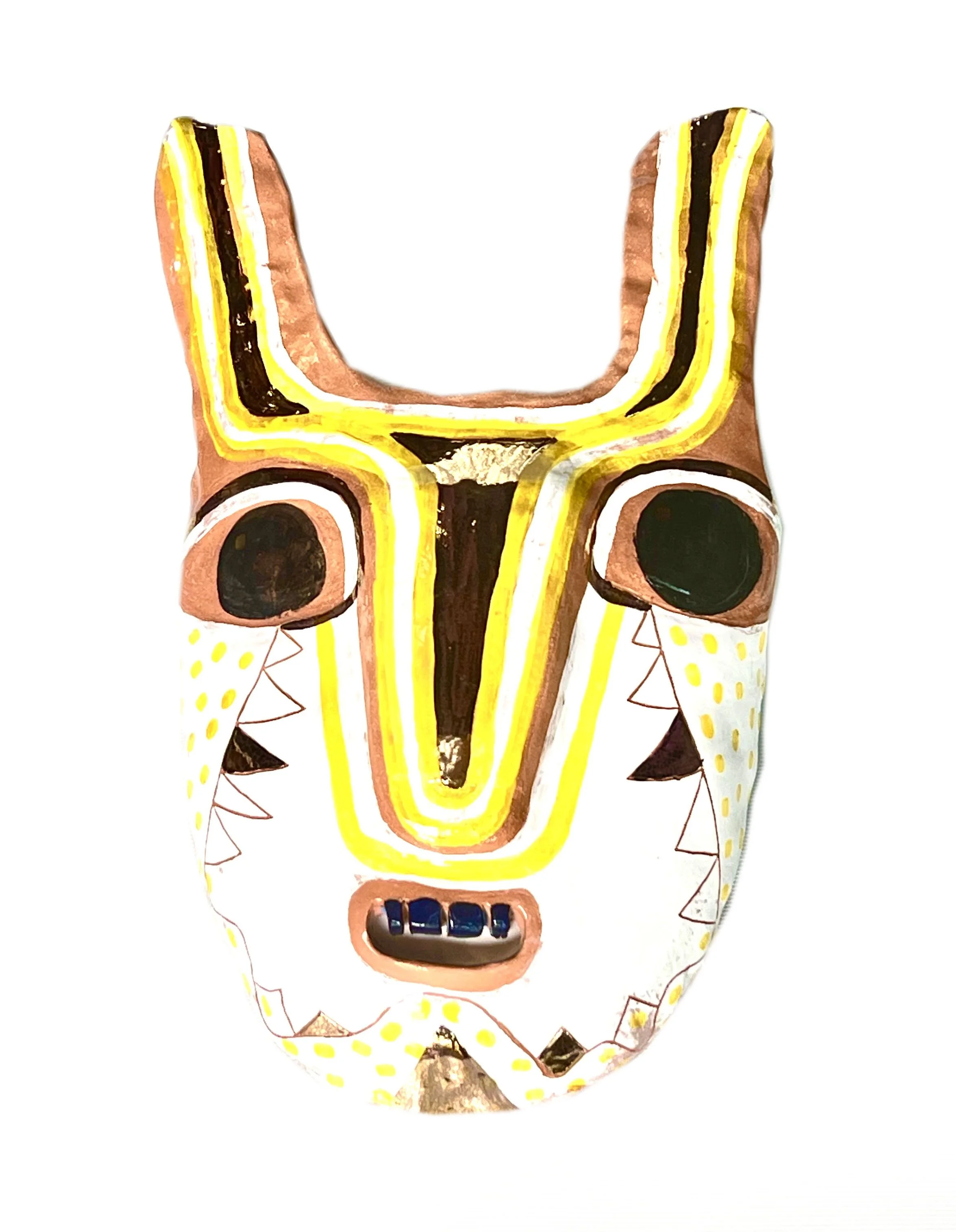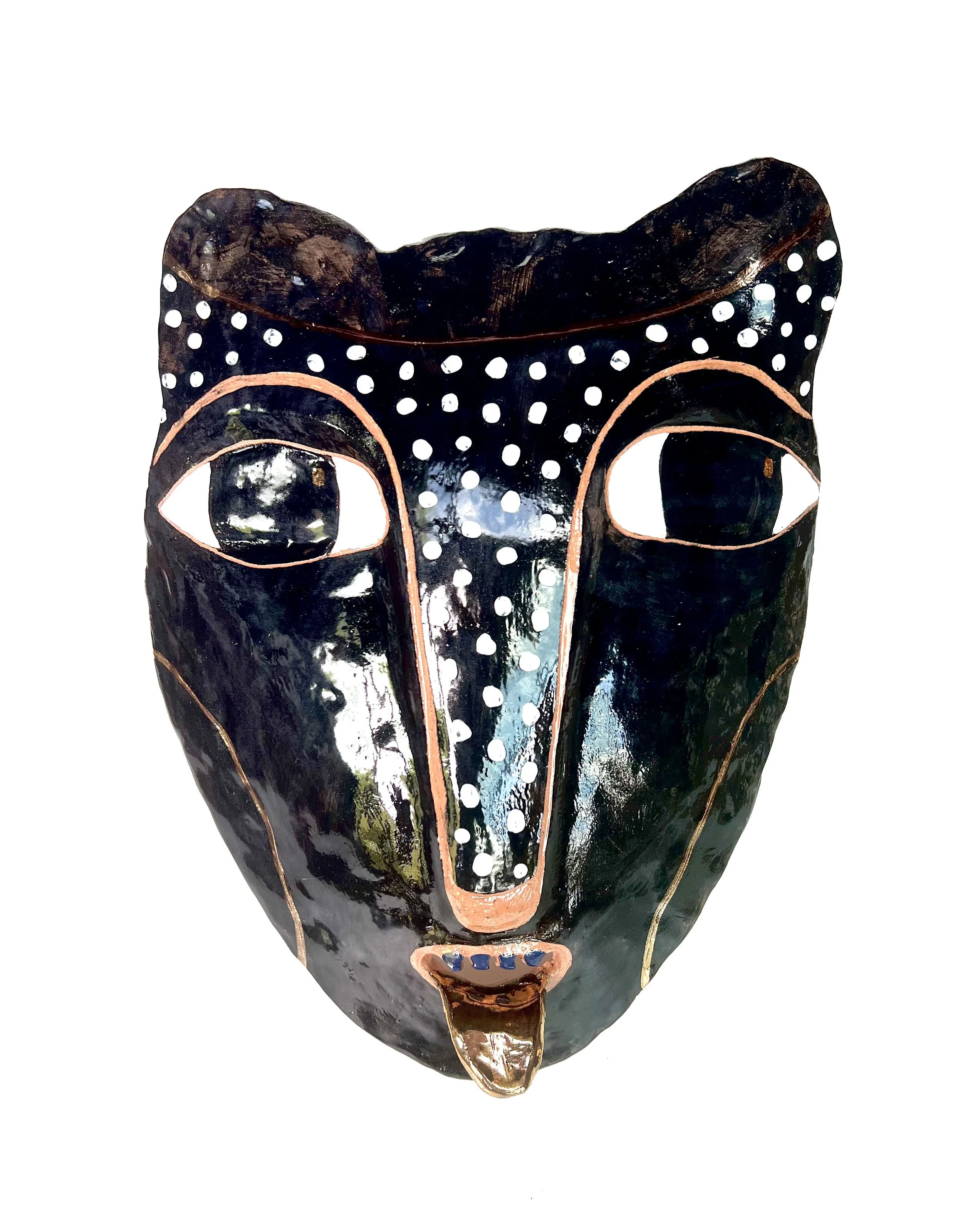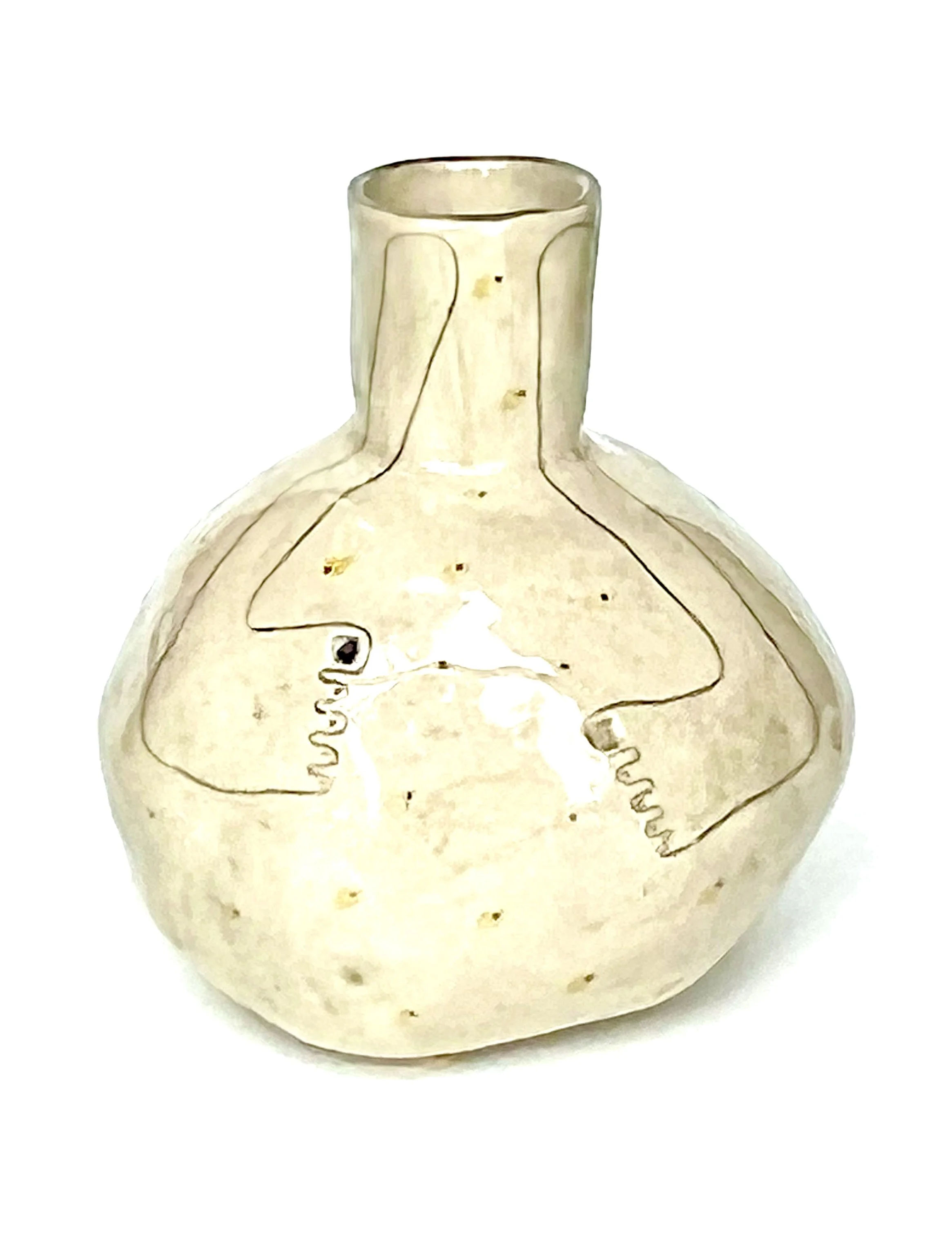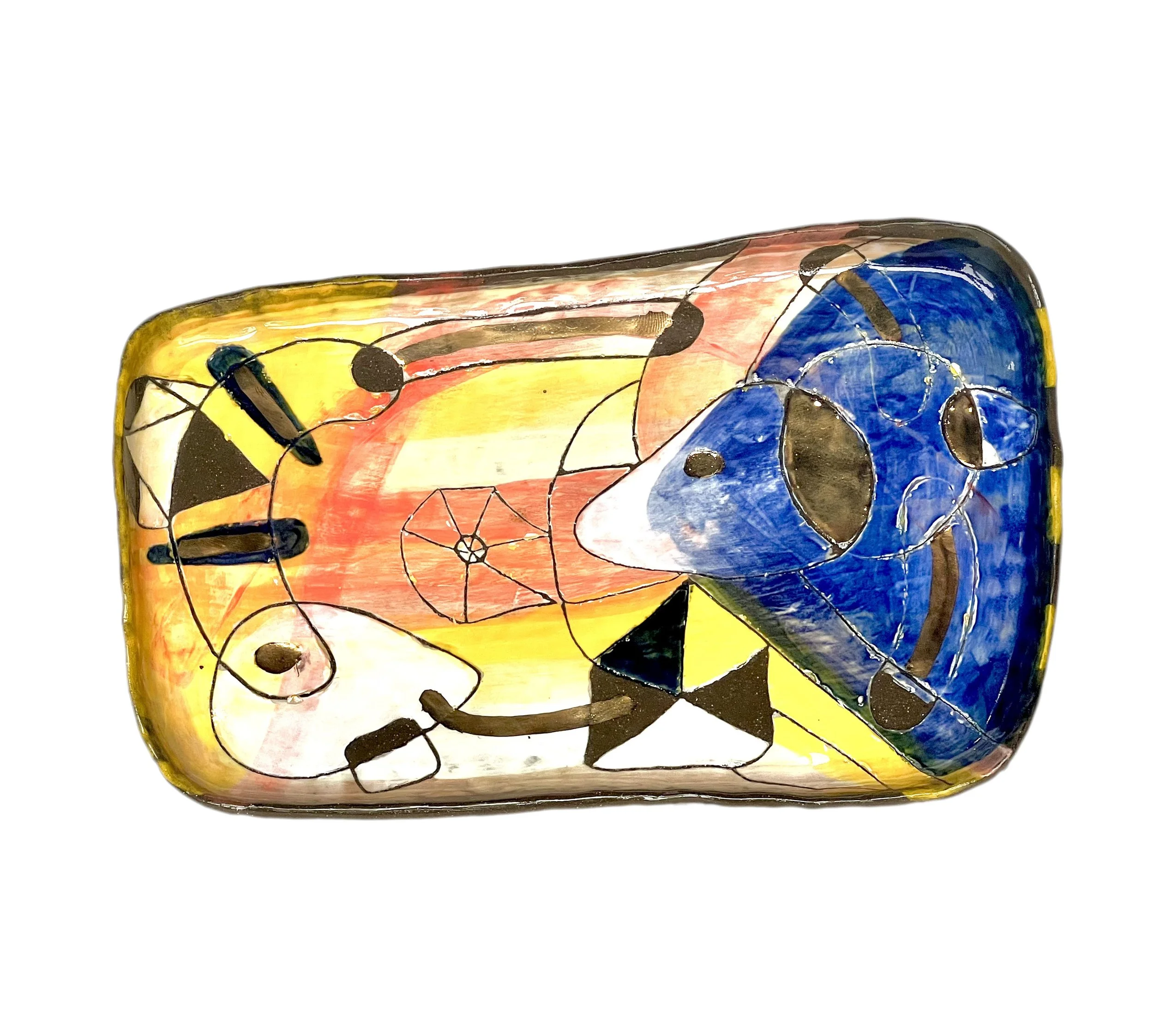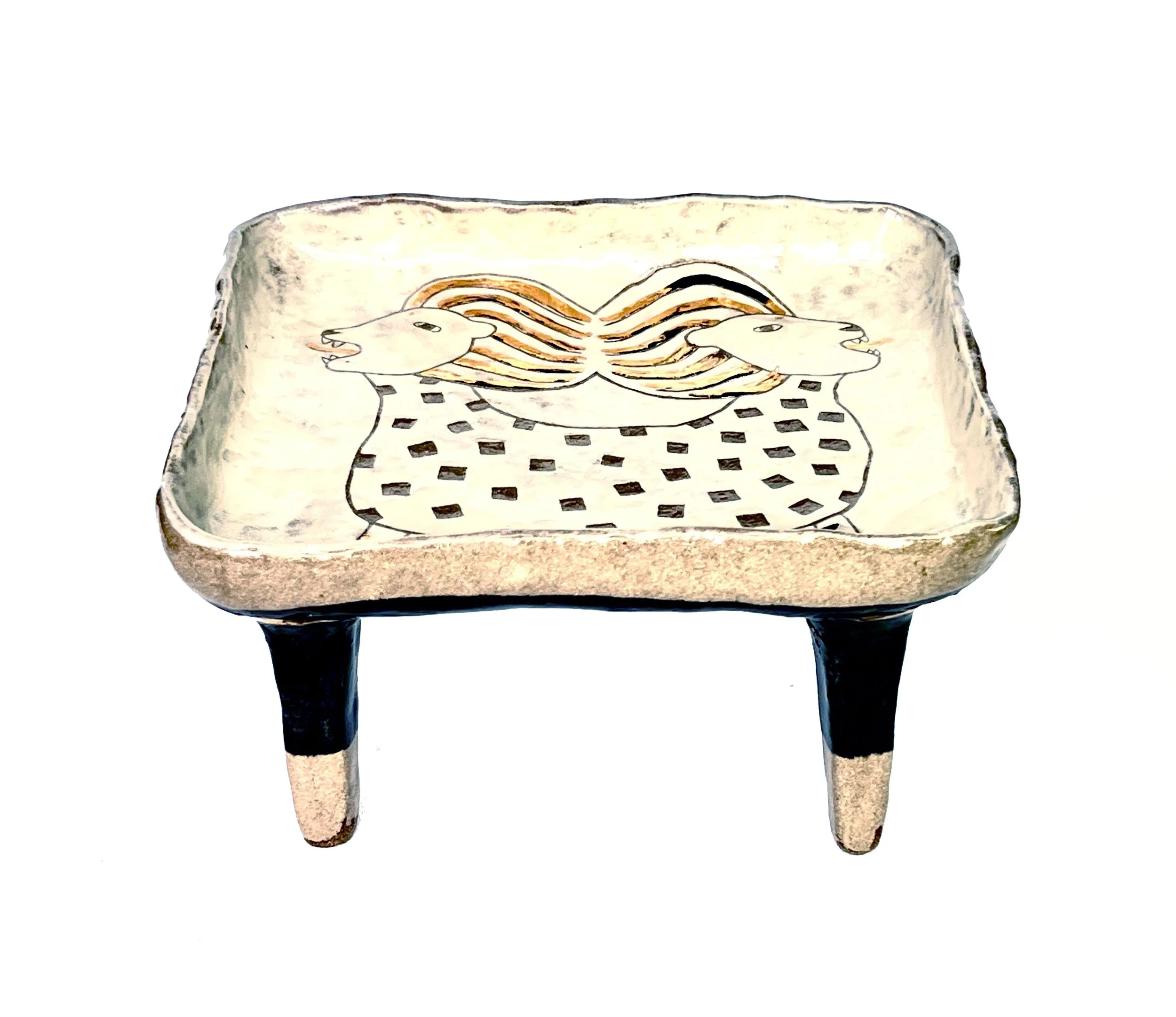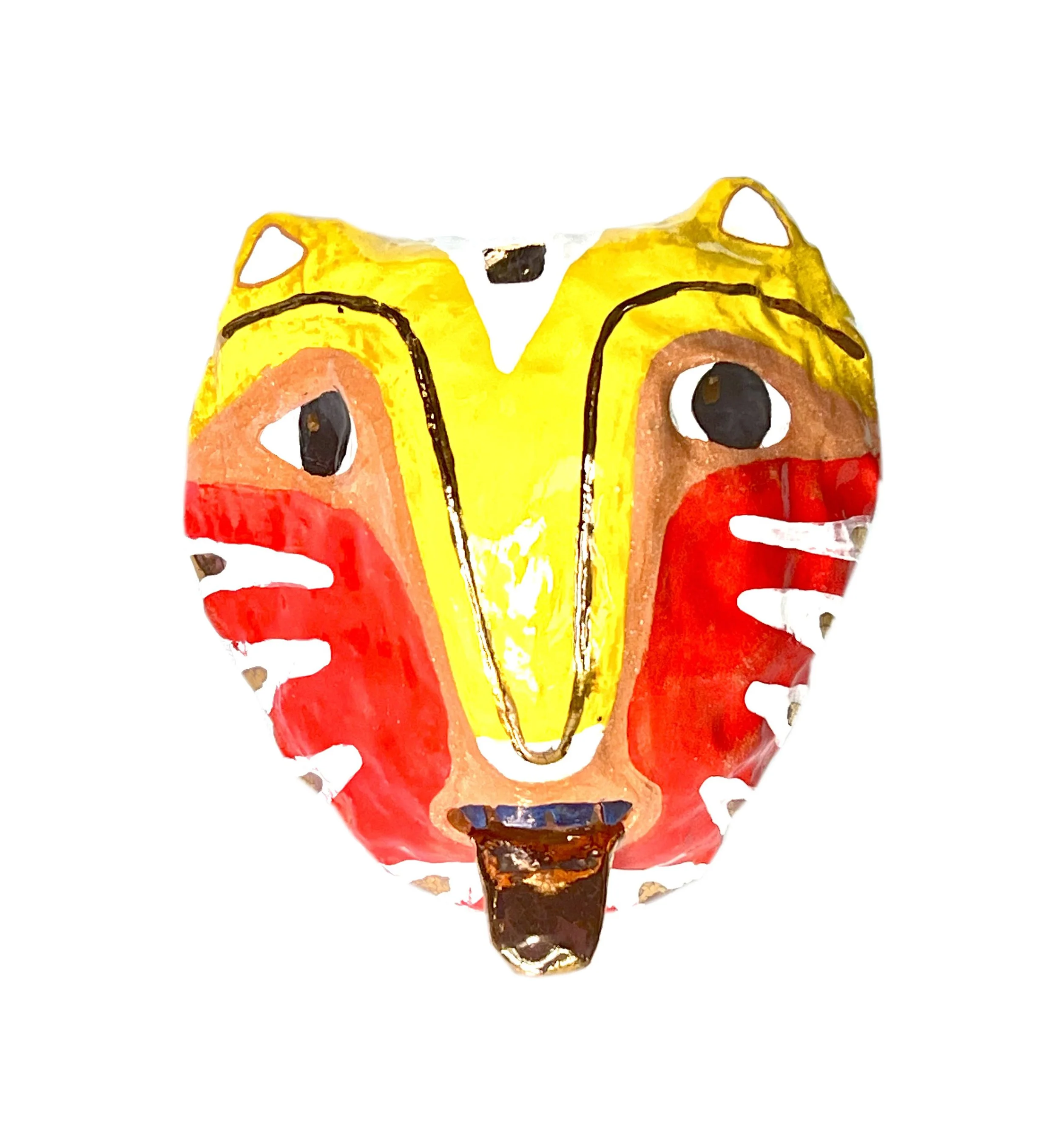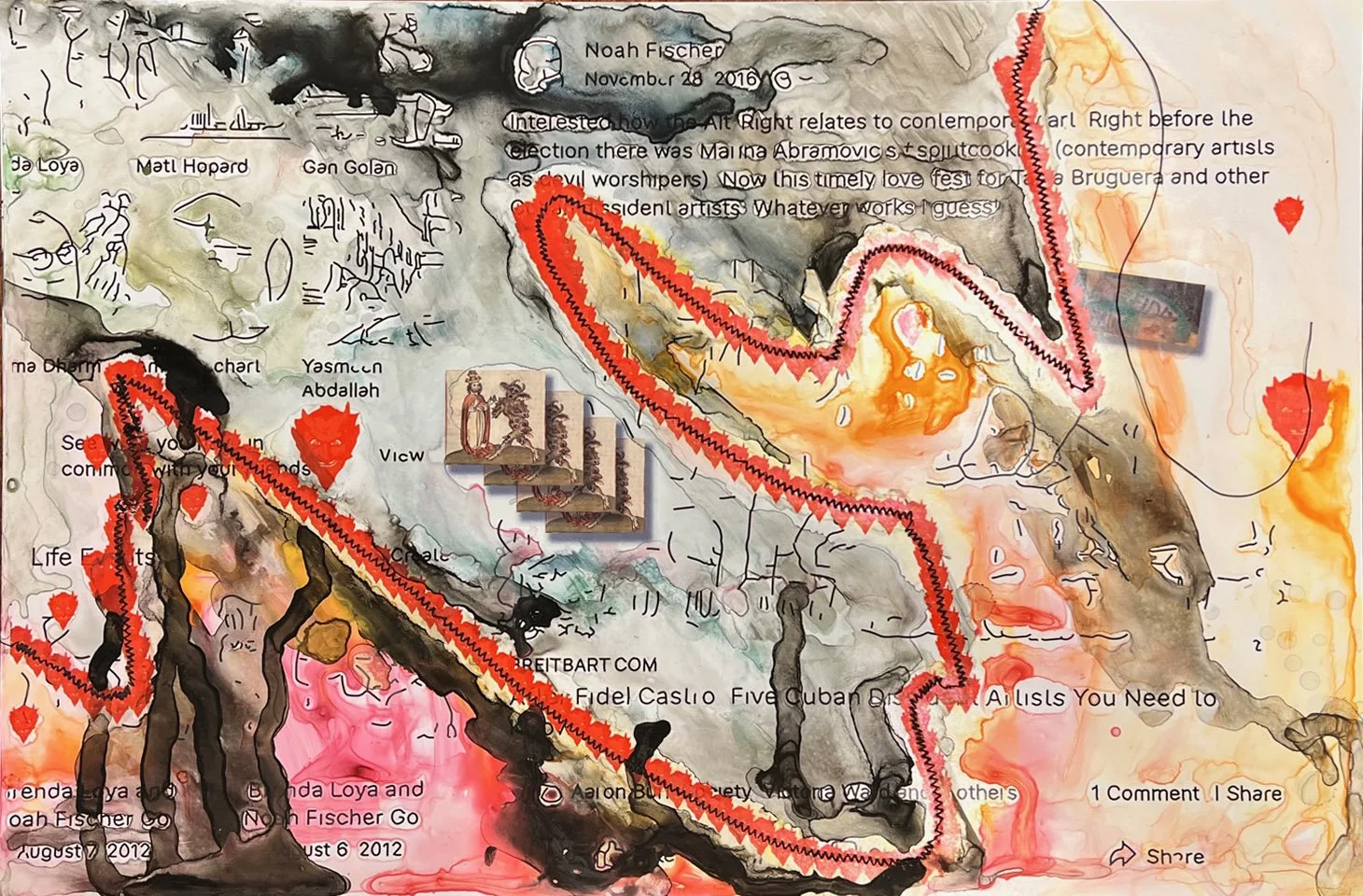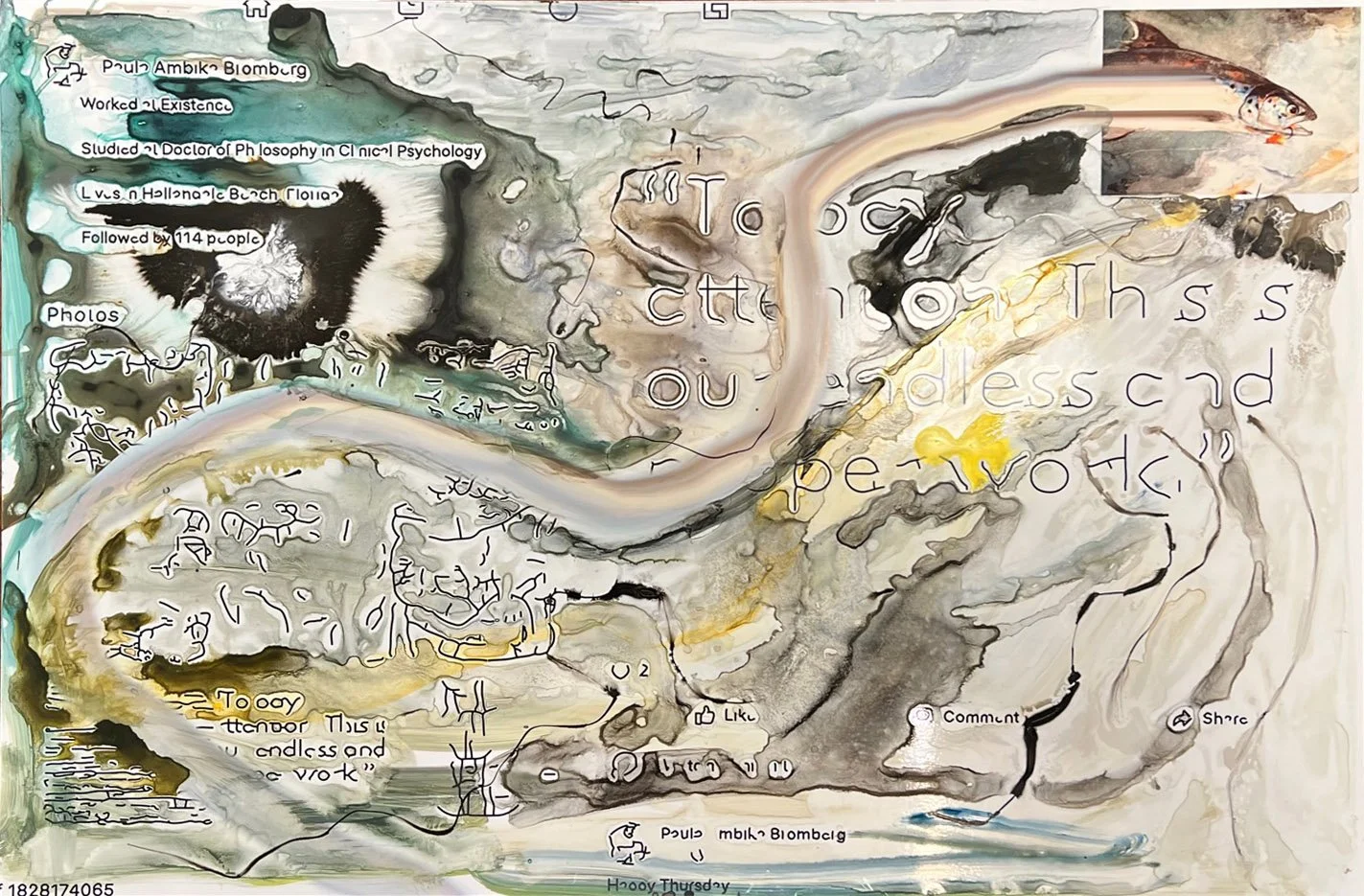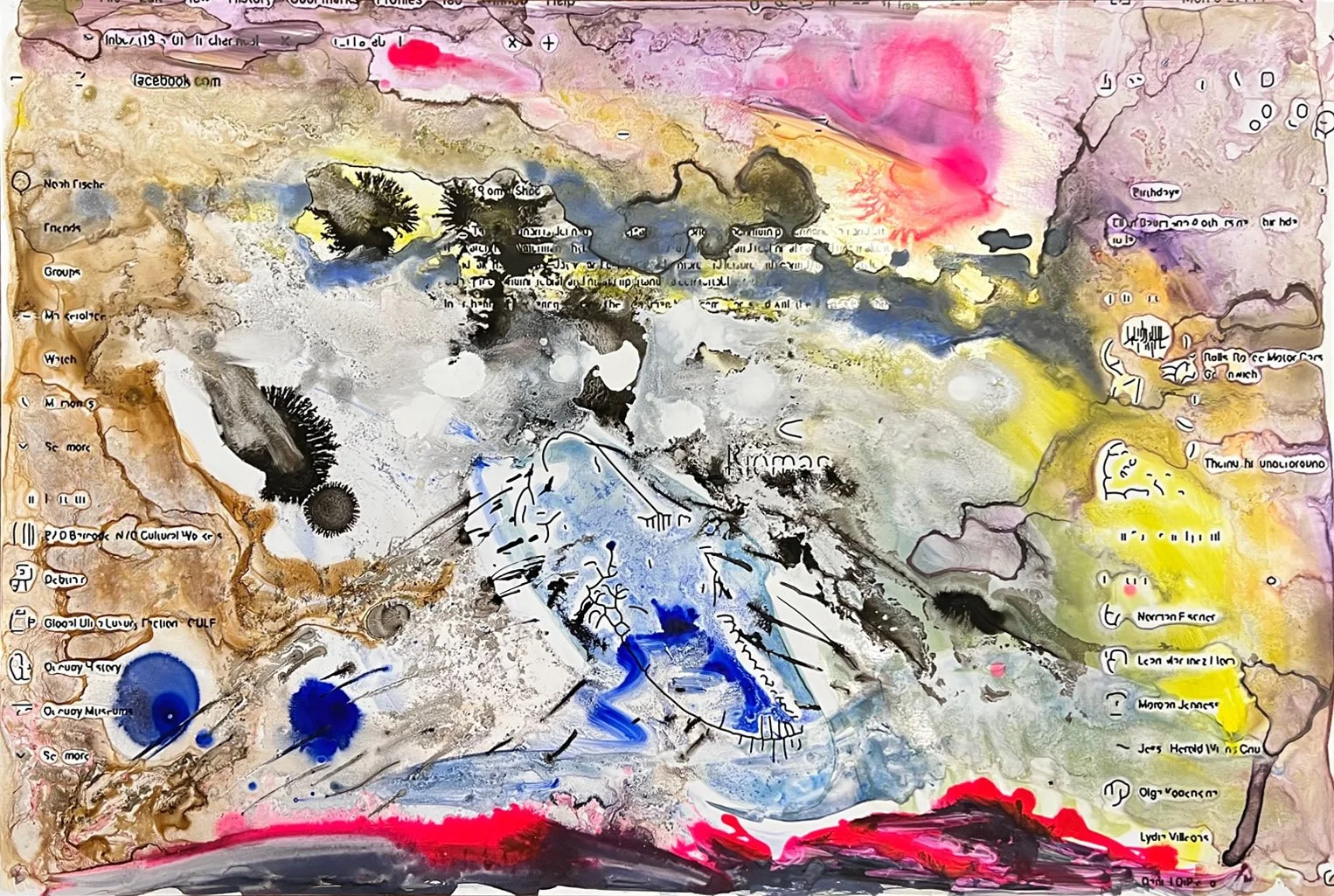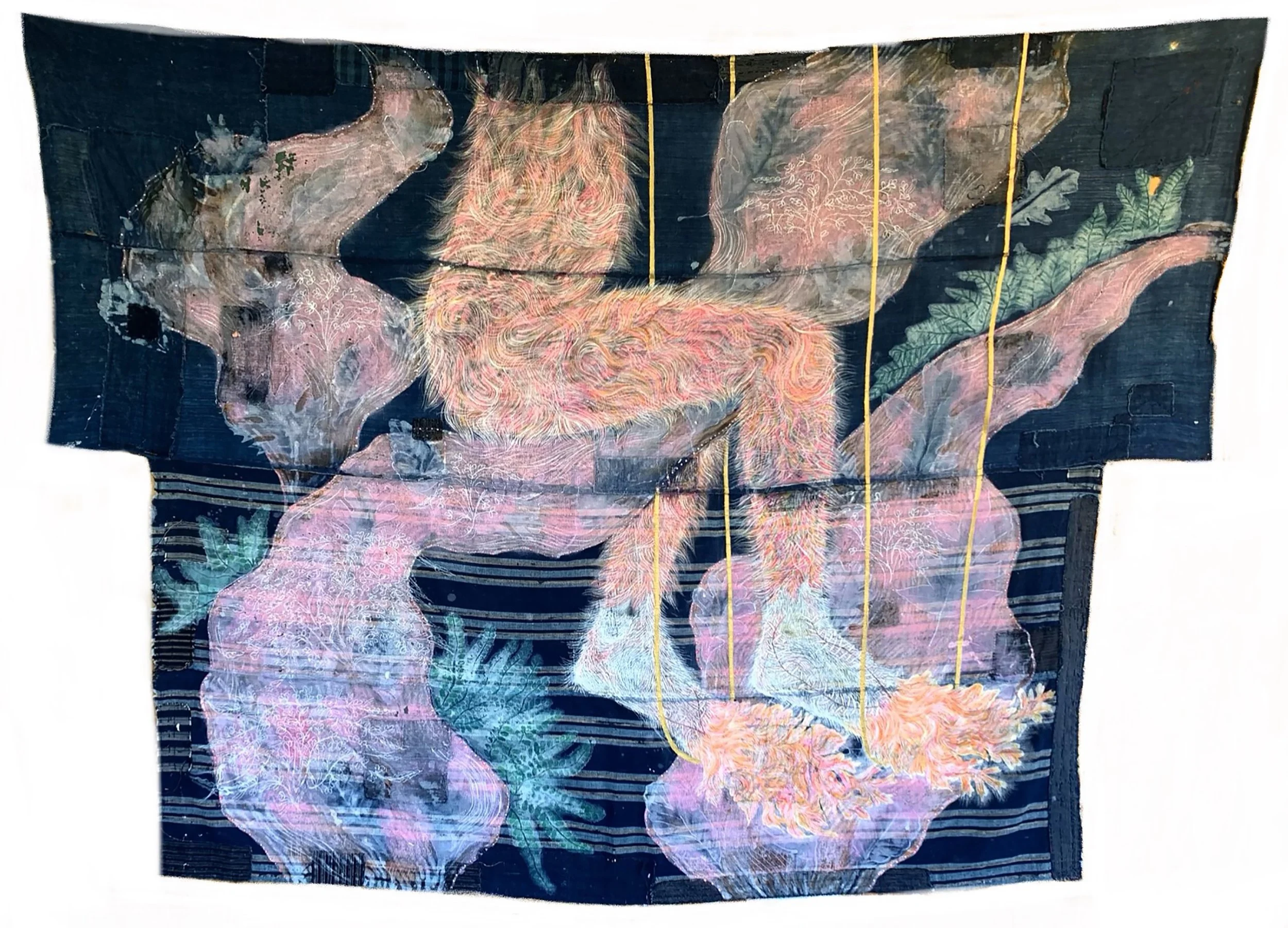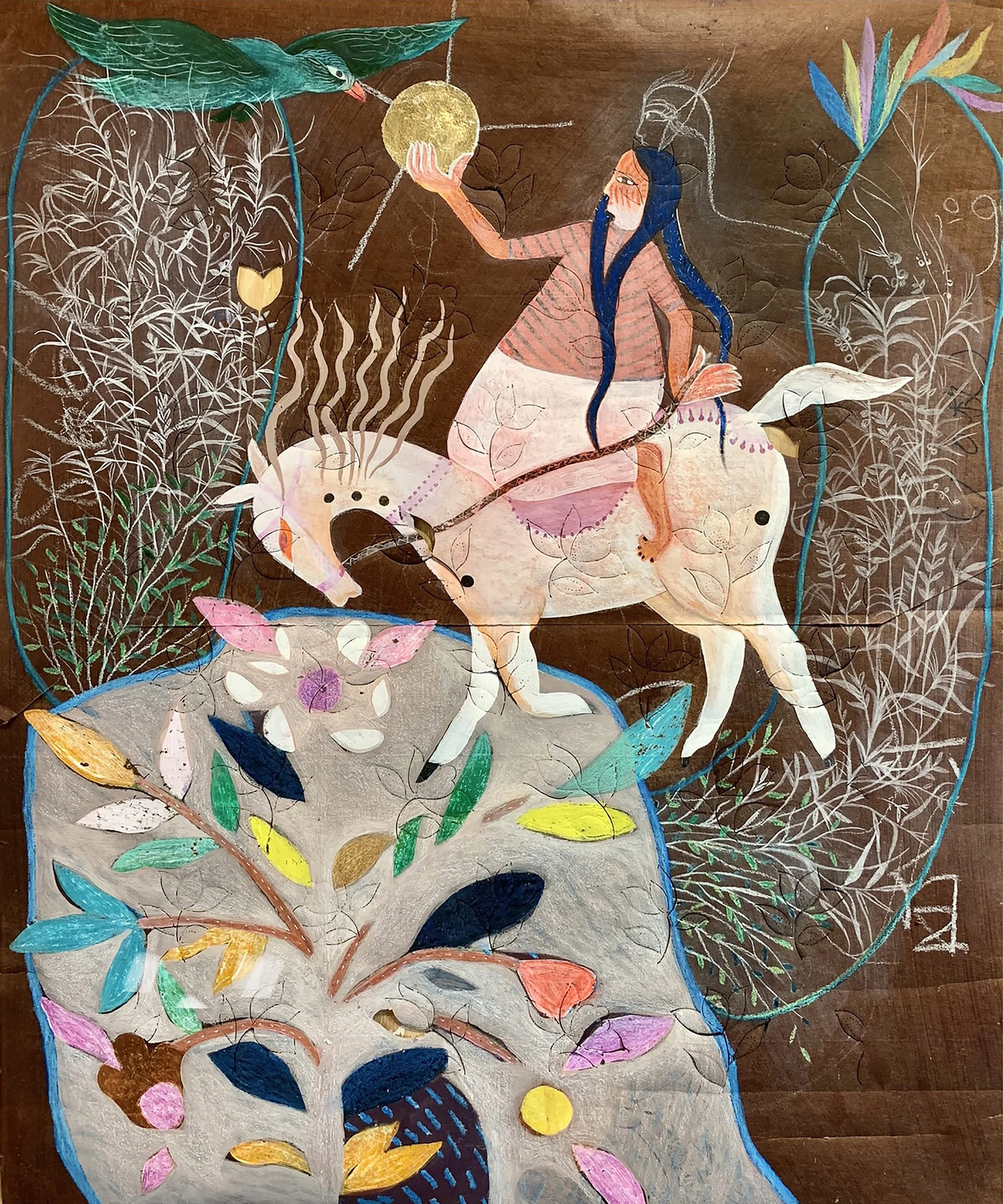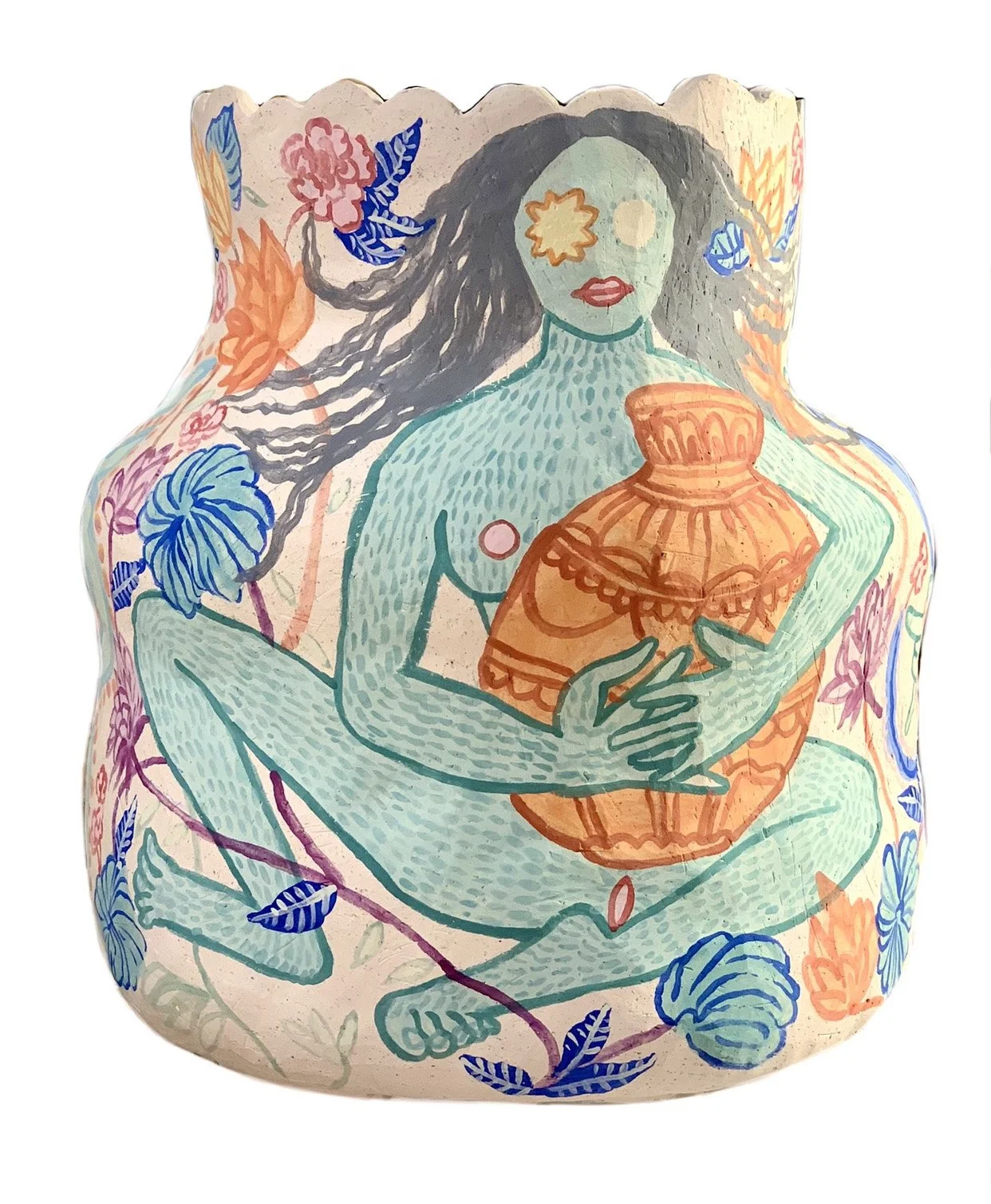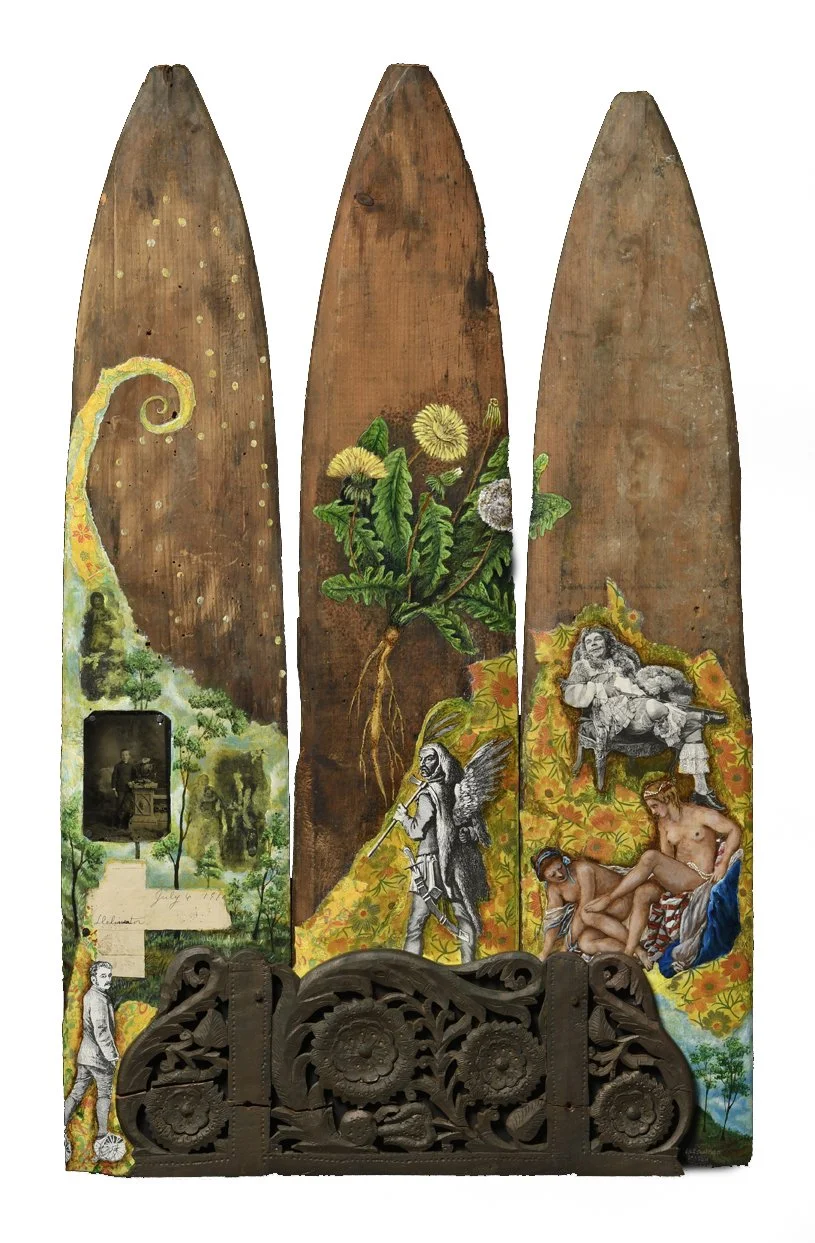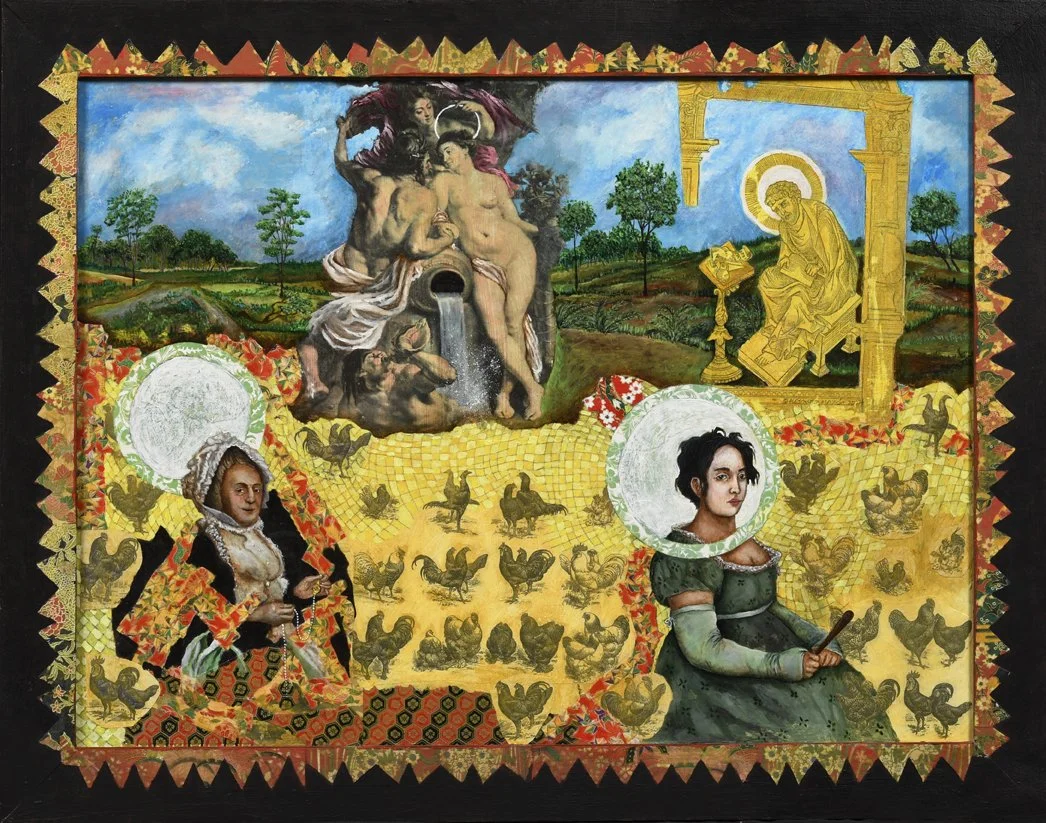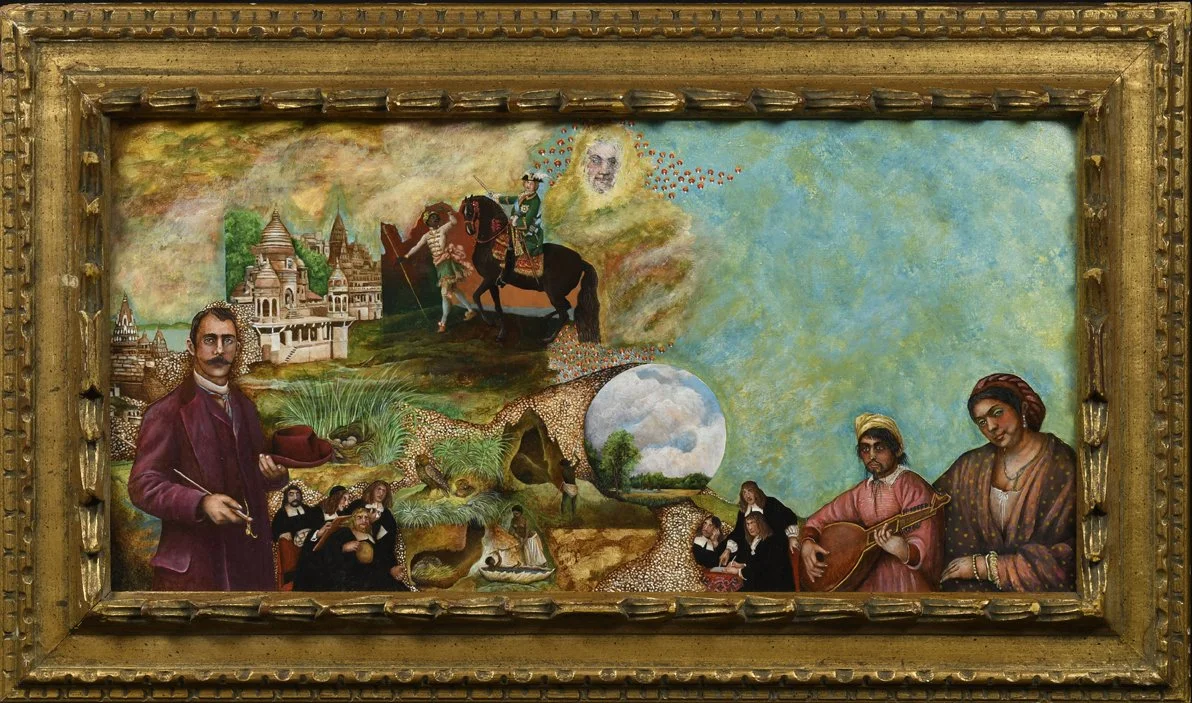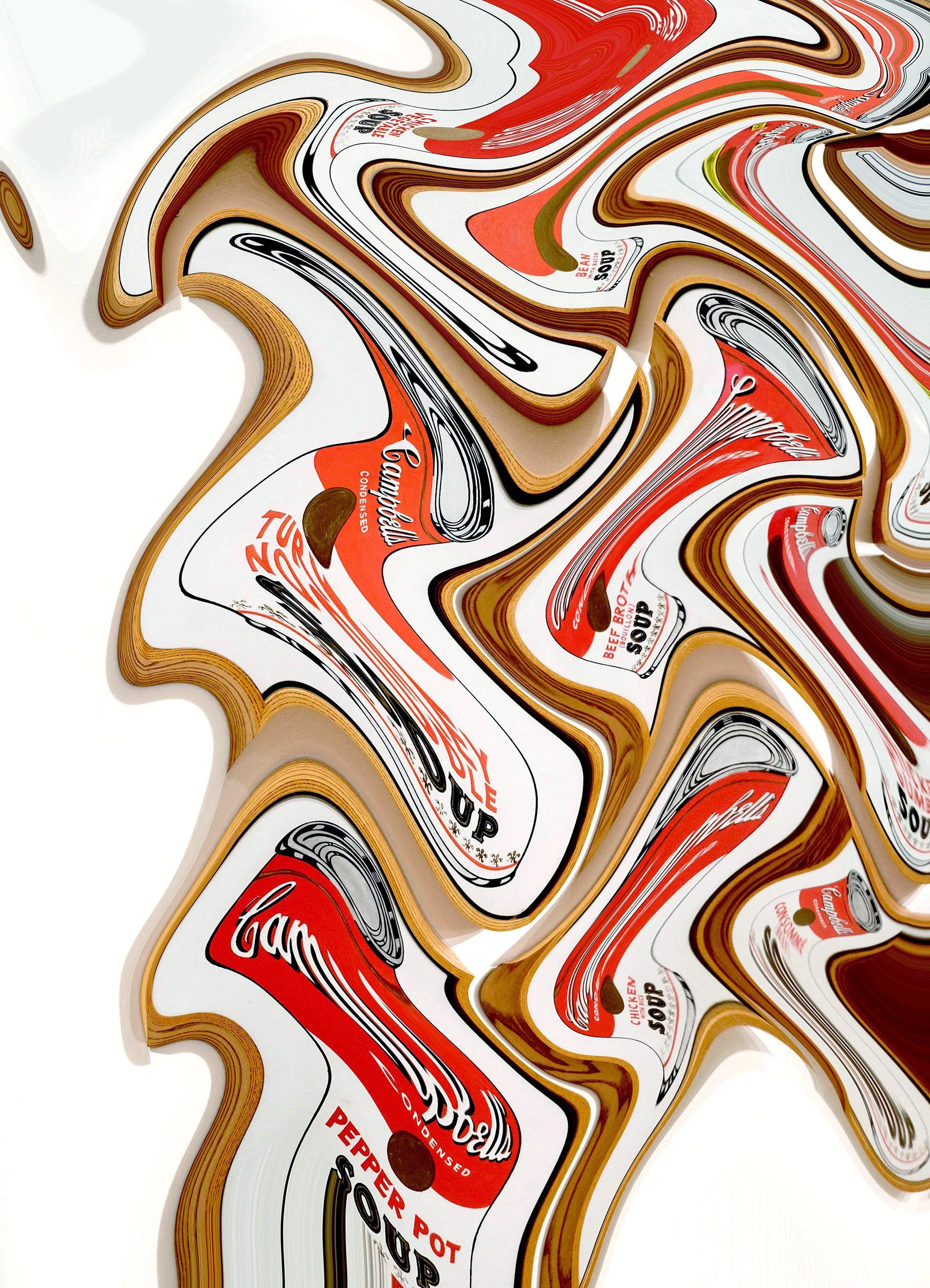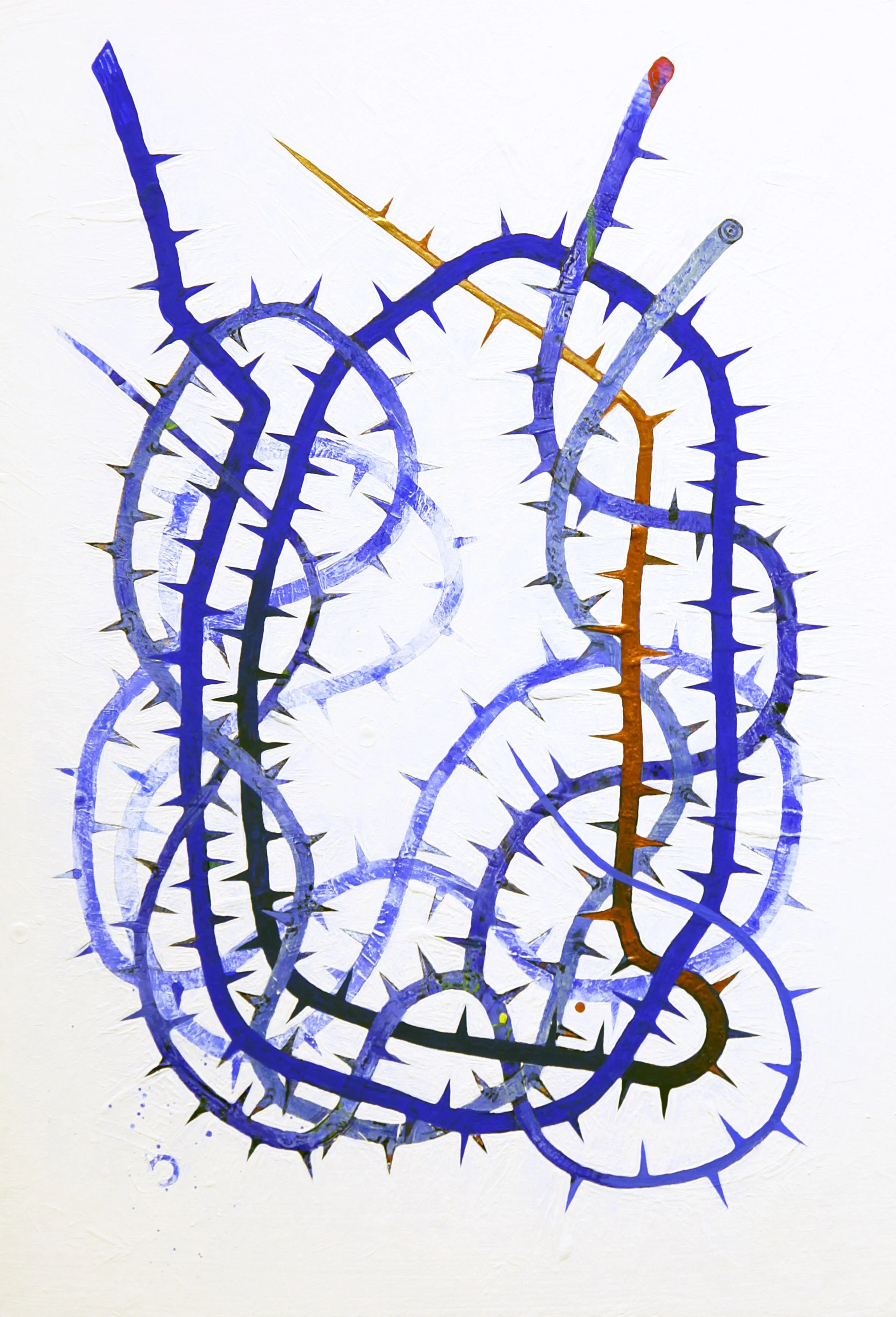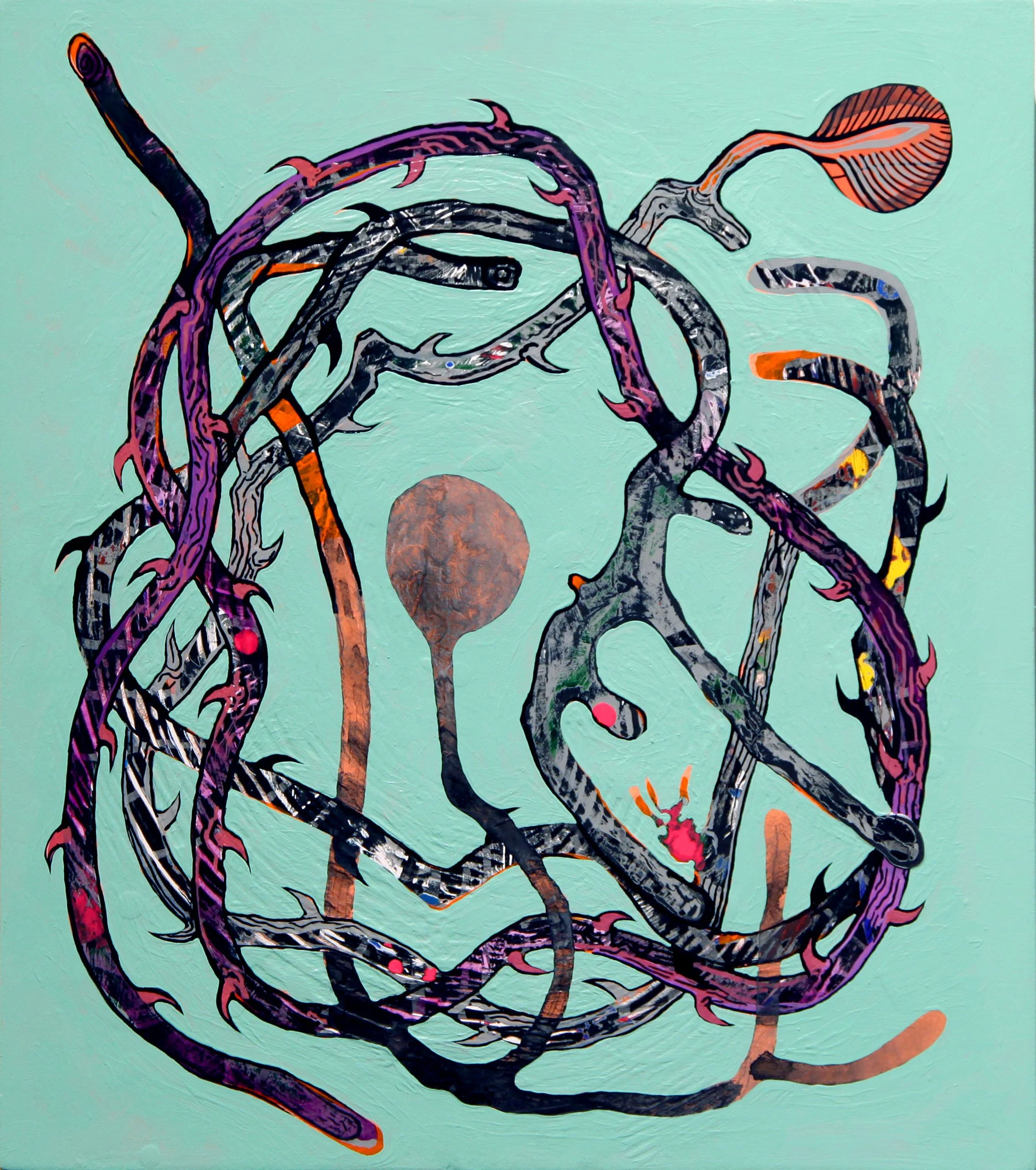MODERN NATURE
•
MODERN NATURE •
KIPNZ is pleased to announce its second exhibition—Modern Nature, a group show of six artists working in disciplines ranging from painting to ceramics to print-media and photography.
On their own, the words “modern” and “nature” are of such common usage that they risk banality. Their very definitions are the subject of divergent views and familiar (often exhausted) arguments. When put together, however, they vibrate differently. Modern Nature appeals to us because its simple form can still hold the contradictions and strangeness of the contemporary world—where the uncanny can become familiar and the familiar become unknowable. Are we having the same dream? How do we find each other in suspension, overload and distance?
In their own visual dialects, the artists in this show attempt to make sense of the mystery of modern nature, even if it means to surrender to it, look backward in time or distort perspective completely. Whether it is through collaboration and enchantment (Diaz Rahi and Martello), protective binds and meditations (Olivier), phase-shifts and mirroring (Lawler), hyper-stimulation (Fischer) or to conjure the surreal (Mazón), these artists look to communicate from within the mystery, with themselves, each other and with us.
SELECTED WORKS:
MODERN NATURE
SEPTEMBER 24 - NOVEMBER 6, 2022
WITH WORKS BY:
Yamilia Diaz Rahi, Noah Fischer, Louise Lawler, Michela Martello, Alejandro Mazón, and Stephen Olivier
Yamila Diaz-Rahi
YAMILA DIAZ-RAHI
Born in Buenos Aires, Argentina, Yamila currently lives in Brooklyn, New York.
Her connection with nature, art and the need to work with her hands led her to get in contact with the clay and transform it into unique one-of-the kind ceramics. “ I love this world of magic and colors that is created when I work with clay, I can say things that I would not be able with words.”
Noah Fischer
NOAH FISCHER
Noah, working between Brooklyn, NY. and Jefferson, NY., has contributed a set of works he refers to as “social watercolors” to the exhibition. During the period of their production, these works became vehicles for the artist’s changing relationship to social media; it was the act of painting that helped spark this transformation. It was a question of stepping back from the extreme (often dangerous) identification with what went on in this space—the tribalism of word and image – and instead connecting with absurdity, precarity, randomness, and doing it through materiality, pigment, water…
Michela Martello
MICHELA MARTELLO
Born in Grosseto, Italy, Michela is a New York based artist working across media, including painting, drawing, textiles and ceramics. Her involvement in Buddhist teachings, her celebration of humanistic principles and fascination with the creative impulse contribute to this prolific artist’s rich artistic output. Michela has exhibited worldwide, including public commissions and permanent installations.
Alejandro Mazón
ALEJANDRO MAZÓN
Alejandro was born in 1962 to Spanish parents in Havana, Cuba and relocated to Spain shortly thereafter. At twelve years old, Alejandro moved with his family to New York. Later, he studied under the Cuban master Juan Gonzalez at the School of Visual Arts; he became involved with the burgeoning underground arts scene and formed brief friendships with Jean-Michel Basquiat and Keith Haring. While these artists had little stylistic influence in Alejandro’s work, they solidified his philosophy of painting.
In his paintings, Alejandro focuses on the centuries-old tradition of appropriating images, altering them, and absorbing their history into his own iconography. His work is a dialogue between past and present; it is an exploration of ideas in an indefinable space, where the memories and stories of strangers bleed into his own, and their portraits become his reflection.
Louise Lawler
LOUISE LAWLER
In 2017, Lawler began digitally altering her images to render them “distorted for the times” – a series of works mirroring the turbulent and unsettling influence media, information and politics have on what we see and how we know.
In this unique edition, Lawler’s distortion of Andy Warhol’s Campbell’s Soup Cans (1962) installed at the Museum of Modern Art, New York, produces a disorienting and dream- like lens onto this familiar work, extending its critique of consumerism, culture and modernity.
Lawler is a prominent figure among the Pictures Generation, a group of artists who emerged in the seventies and eighties questioning the nature of artwork as imagery, imagery as artwork and the production of meaning through cycles of presentation and re-presentation.
Stephen Olivier
STEPHEN OLIVIER
Through practice and puzzling, each of Stephen’s paintings has a life that sometimes takes years to resolve. Equal parts chaos (paint splatter, knife-work, emotional upheaval) and methodical pattern making, they clash and compete and fall out of balance in layer after layer of paint and pencil until there is a beating heart. This is, for the artist, all in an effort to reproduce the experience of illumination once felt by a queer kid who was struggling to make sense of life when Sister Louise at Saint Francis Xavier Middle School explained her interpretation of the Third Commandment.
“Trust yourself and don’t preach,” was the takeaway. The paradox of her revelation was liberating.
In each painting a thorny knot holds you captive but promises to release you. Familiar, unsettling, personal, and universal, the vortex invites you to get lost in life’s magic.


